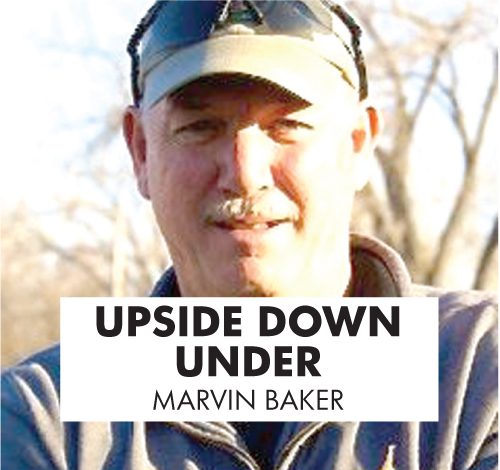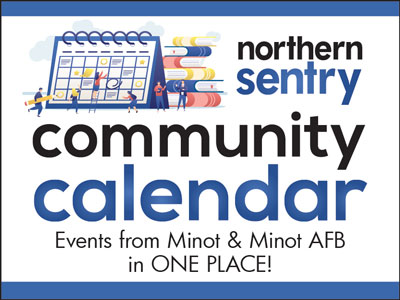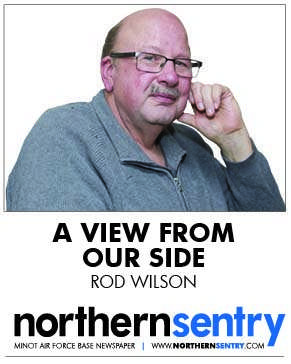There have been a lot of articles recently about AM radio and its impending doom. Apparently, some auto manufacturers are eliminating AM radio from their cars, but there continues to be a pushback from government and the private sector.
Someone asked me the other day if I thought AM radio will be going away? My reply was not a chance because there are too many people and organizations dependent on AM radio.
All you need to do is look across North Dakota to know and understand how important AM radio is to its listeners.
At the top of that list is emergency broadcasting. If we have a tornado, flood or blizzard, AM radio stations can get immediate reports to inform the public about the threat of a disaster.
During and after the disaster, it brings people back together that many of us remember from 1997 in Grand Forks and 2011 in Minot. AM radio is also a trusted source of information during a national emergency.
Sports is getting to be a bigger industry than it once was in North Dakota. High school, college and semi-pro sports teams broadcast on AM radio here in the state. Other AM stations carry the Minnesota Twins and/or Minnesota Vikings.
And to a baseball fan like myself, on any given night, I can listen to any one of four baseball games; the Minnesota Twins on KCJB in Minot, the Toronto Blue Jays on CFSL in Weyburn, Saskatchewan, the St. Louis Cardinals on KMOX in St. Louis and the Chicago Cubs on WSCR in Chicago.
If AM wasn’t available, none of those teams would have fans in remote locations because FM doesn’t travel as far.
And let’s not forget high school district, regional and state tournaments. How many times are important games going on while farmers across North Dakota are in the field? With AM they can turn on the radio in their tractor, combine or truck and perhaps listen to their own kid’s game when they can’t be there.
In my opinion, the biggest change for the better in AM radio is the move to digital broadcasting. As of right now, there are just a handful of AM stations that broadcast a digital format. Digital AM has CD quality sound which would make it a better choice for listeners.
There’s at least one digital AM station we can receive here in North Dakota at night and that is KSL, 1160 in Salt Lake City. If you have a high definition radio, tune into KSL some night and you’ll be shocked at the quality of sound.
Then, there’s the quality of sound itself with analog AM. Given the right equipment, you can make AM sound pretty darn good. Many of us think AM radio sounds like listening to a broadcast from a tin can. Sure, that’s what cheap radios sound like.
Get yourself a good radio and see for yourself. Most newer vehicles have good quality sound systems in them these days. Try an AM station and see for yourself. I think you’ll be quite surprised.
But the downside of AM is the static that comes with electrical storms, bad wiring and other radio frequency interference. There are several ways to control that however. One way is to use ferrite coils or choke coils that stop RFI before it enters the radio itself. These things can be quite effective.
Unfortunately, I don’t understand the physics of RFI in electric vehicles. But my guess is that is something that can be improved and eventually eliminated. If you’re old enough to remember 1940s and 1950s car radios, you’ll know what I mean.
Now, think about listening to radio in remote locations. There are several places here in North Dakota in which FM radio and TV are not or are barely available to rural residents. With AM it doesn’t matter. The most remote locations will get AM because of how the amplitude modulation (AM) radio waves travel.
I seriously doubt AM is going anywhere anytime soon. In fact, CKJH, 750 AM in Melfort, Saskatchewan recently went on the air. What’s interesting about CKJH is that it’s heard loud and clear in parts of North Dakota. And if you think North Dakota is remote, consider interior Alaska, rural Nevada or rural Arizona where there are no other terrestrial broadcasts.
These are the reasons AM radio is and will remain important.












